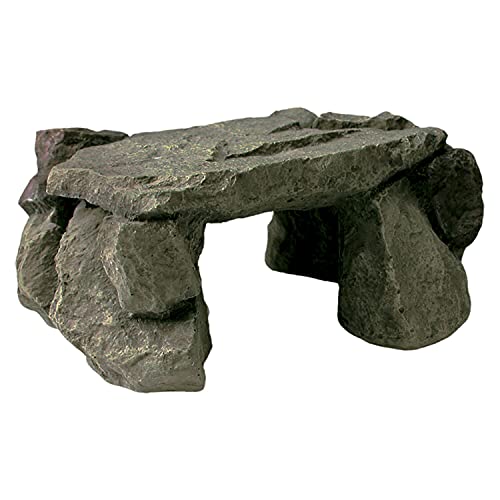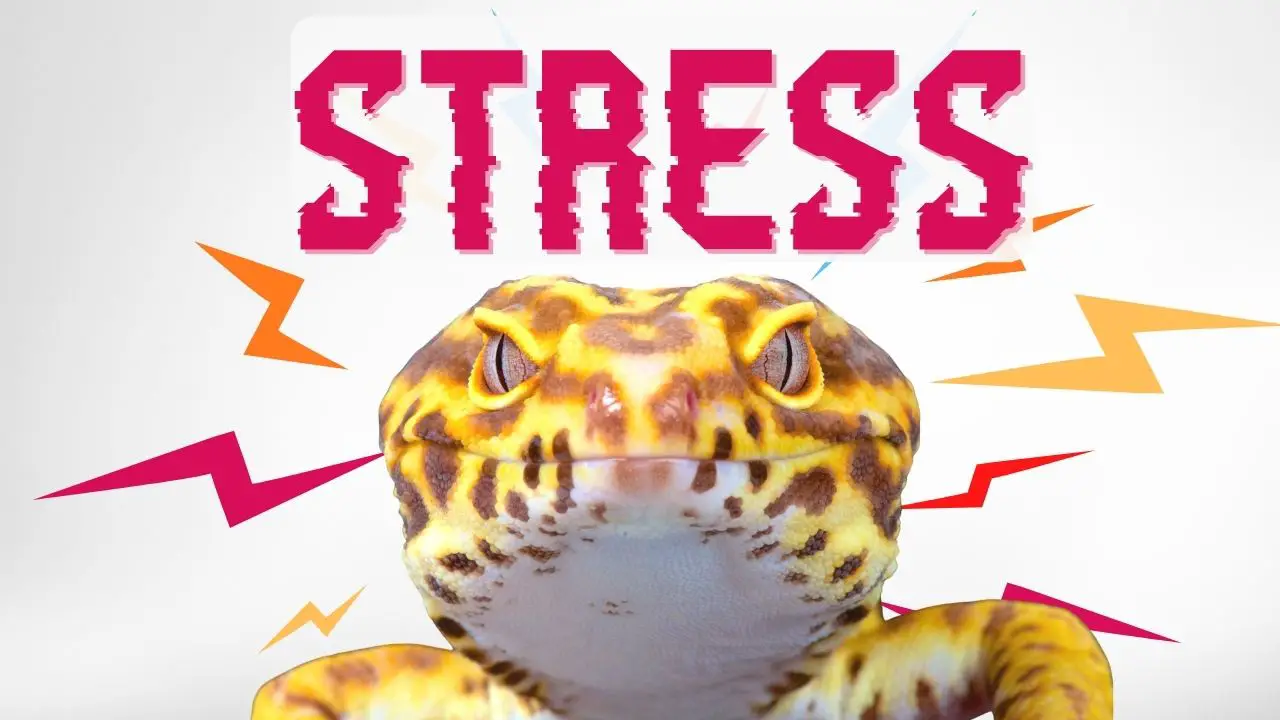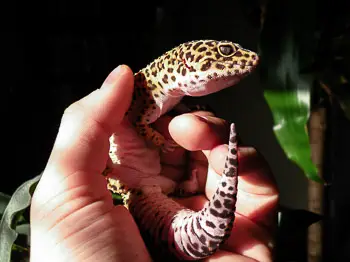Get your gecko gear here! We’ll help you find everything you need for your leopard gecko habitat setup.
Before you bring you new pal home, you’ll need a few things to house your gecko and keep it healthy and happy. Perhaps your baby gecko is outgrowing its tank, or you want some ideas to upgrade. Wherever you’re at in your leopard gecko journey, we’ve got it covered. If you’re looking for ideas regarding enclosures, heating, lighting, feeding, etc.. you may find the affiliate links below useful.
We’ve compiled a list of the essentials, and have already done the shopping for you.

*We’re an affiliate – we may earn a commission through qualifying purchases from the links on this page. As always, thanks!*
Leopard Gecko Habitats, Tanks, & Enclosures
The first thing you’ll need is the habitat itself. These can be referred to as habitats, tanks, cages, enclosures, or vivariums. Since Leopard geckos are fairly small, their enclosures and tanks can be smaller than other reptile choices. You’ll want at least a 10 gallon tank for a single leopard gecko, and at least 15 gallons for a breeding pair (though 20 gallons is preferable.) You could consider a 20 gallon enclosure if you have the space or are planning to house several geckos together.
There are a number of factors to consider when choosing a home for your leopard gecko. Keep the following points in mind when making your selection:
- Escape Proof
- Your enclosure should be escape proof. This is for your gecko’s protection. A glass enclosure is a good choice.
- Wire or mesh would not make a suitable enclosure; in addition to providing holes where the leopard may get loose or stuck, it will not allow you to control the temperature or environment.
- Controlled Environment
- You want to create a healthy environment for your leopard gecko. You should be able to control the temperature, lighting, and humidity within the enclosure. You’ll learn more about how to do this in the sections below.
- Allow for ample space for the animal to behave naturally
- Your pet shouldn’t be cramped. You want to design an enclosure that allows your pet enough space to be active. Leopard geckos are not avid climbers and don’t need excess height.
Here are some simple tanks to start with:
Aquarium Tanks
A simple aquarium tank can work well for a leopard gecko. If you have the option to buy a long tank, this is preferable. You gecko won’t climb high and will appreciate the extra space to move around on the ground.
10 Gallon
20 Gallon

Tank Lids
Make sure you have a lid that properly fits your enclosure. Since your leopard gecko cannot climb the glass, there is little risk or your gecko climbing out of the tank. Tanks should be covered not only to prevent the gecko from getting out, but it will keep other animals (or curious kids) from getting in easily. Lids also give something for the lighting fixture to sit on.
Reptile Enclosures
There are enclosures especially designed for reptiles. Most of these have doors in the front instead of opening from the top. Since most predators would approach a leopard gecko from above, side opening tanks may keep your pet more at ease.

Leopard Gecko Heating
Once you have your enclosure picked out, you’ll want to make sure it’s warm enough for your gecko. Leopard geckos, like all reptiles, are cold blooded. This means their body temperature is dependent upon the temperature of their environment, and makes heating a critical part of your leopard gecko habitat setup.
One side of the enclosure should be warmer than the other so your lizard can better regulate its temperature. The warm side of your enclosure ambient temperature of about 90 °F (32 °C), while the cool side should be about 80 °F (27 °C).
Here are some options for heating:
Under Tank Heaters

Leopard geckos absorb most of their heat through their bellies, so an under tank heater or heat mat makes a great choice.
Heat Lamps
Lights produce heat and can keep your gecko’s habitat warm while providing light. You’ll need a light fixture, as well as bulbs.

Heat Rocks
Heat rocks are not recommended for leopard geckos. They provide localized, uneven heat, and could give your leopard gecko serious burns. Please do not use a heat rock.
Thermometer
How do you know if it’s warm enough, but not too hot? You’ll want a thermometer to check and monitor the temperature.
A simple digital thermometer like the one here has a suction cup display with a probe that you can place in the tank. They are also available in a

Infrared thermometers are also handy for spot checking specific places or surfaces within the enclosure.












